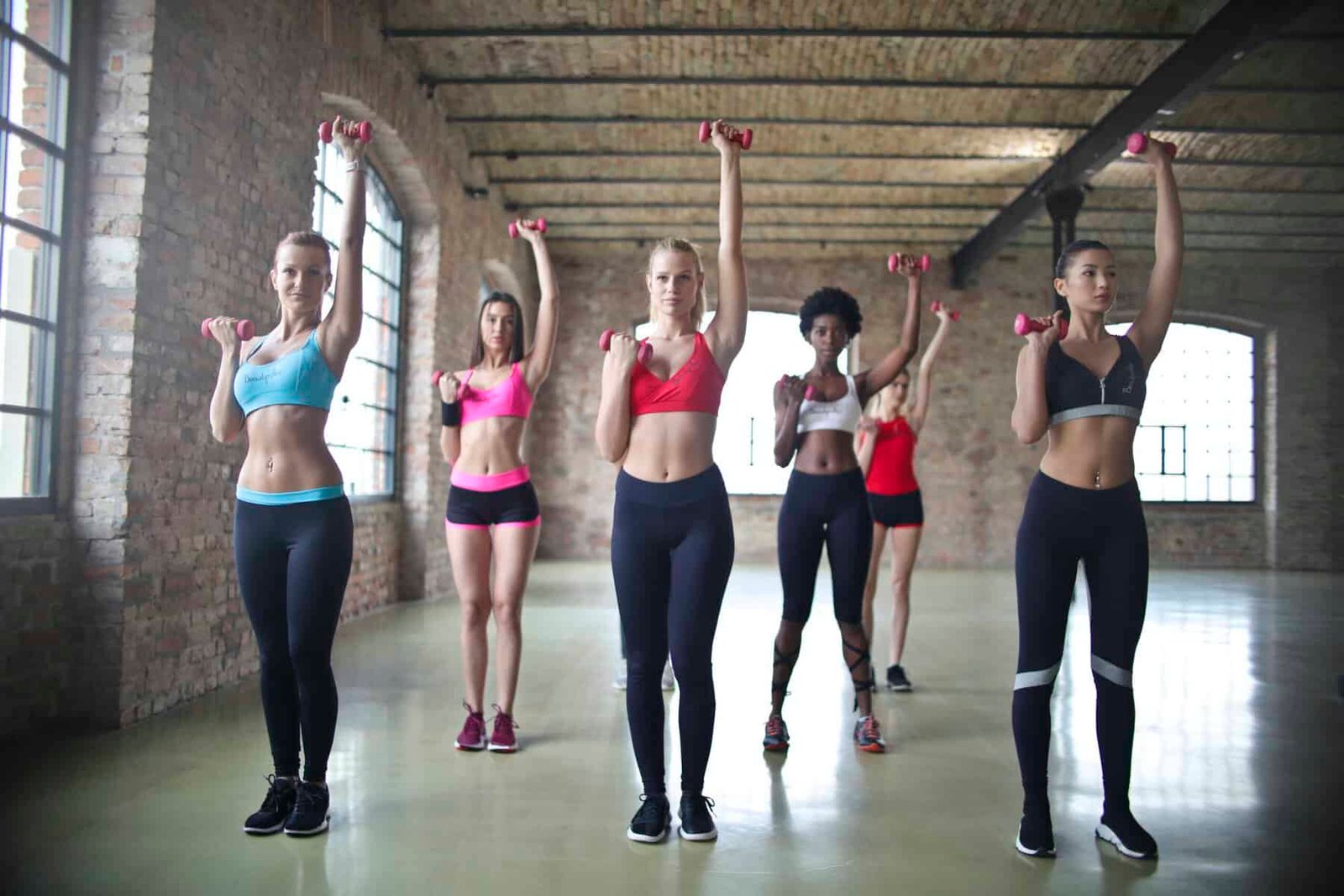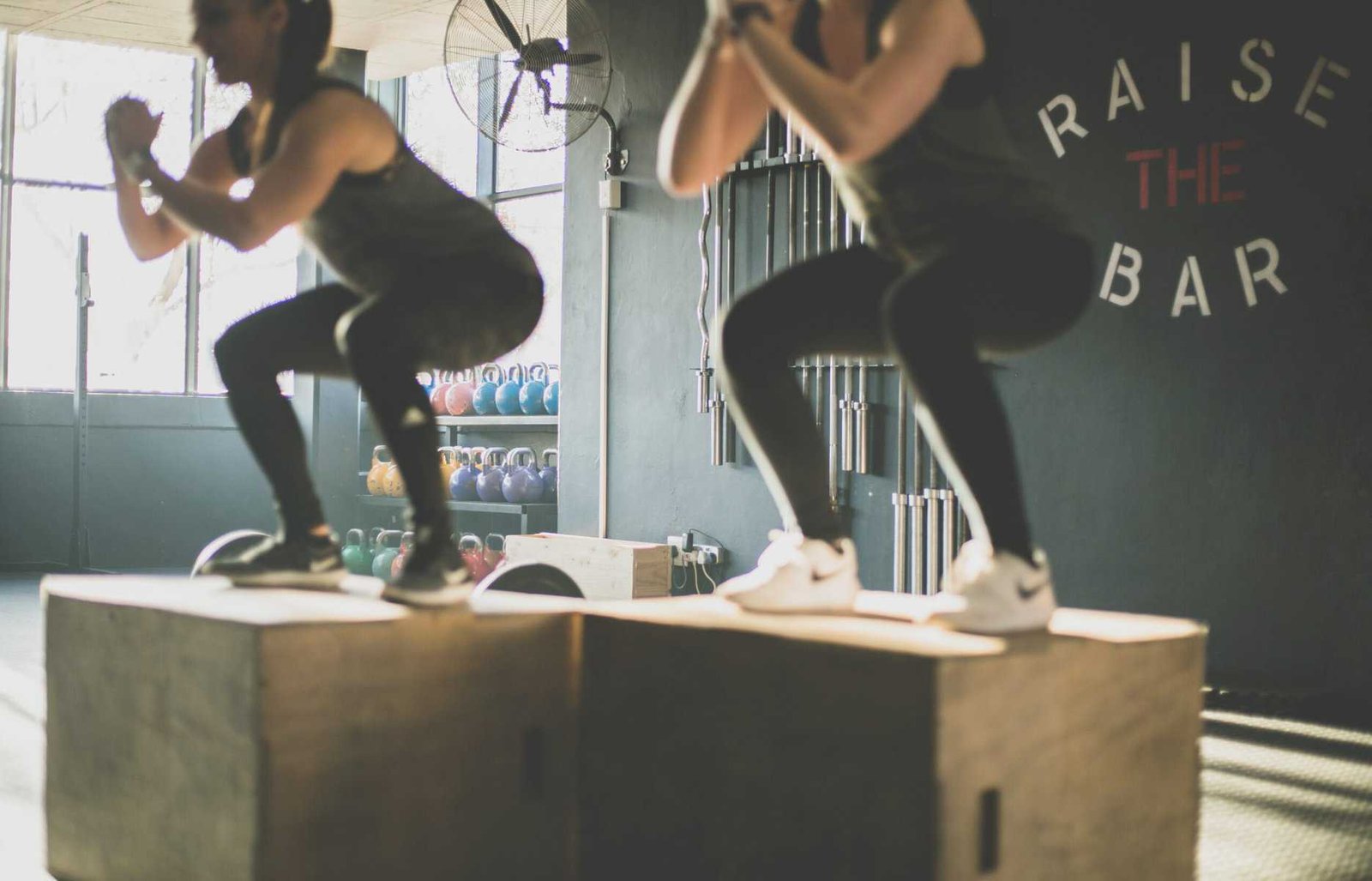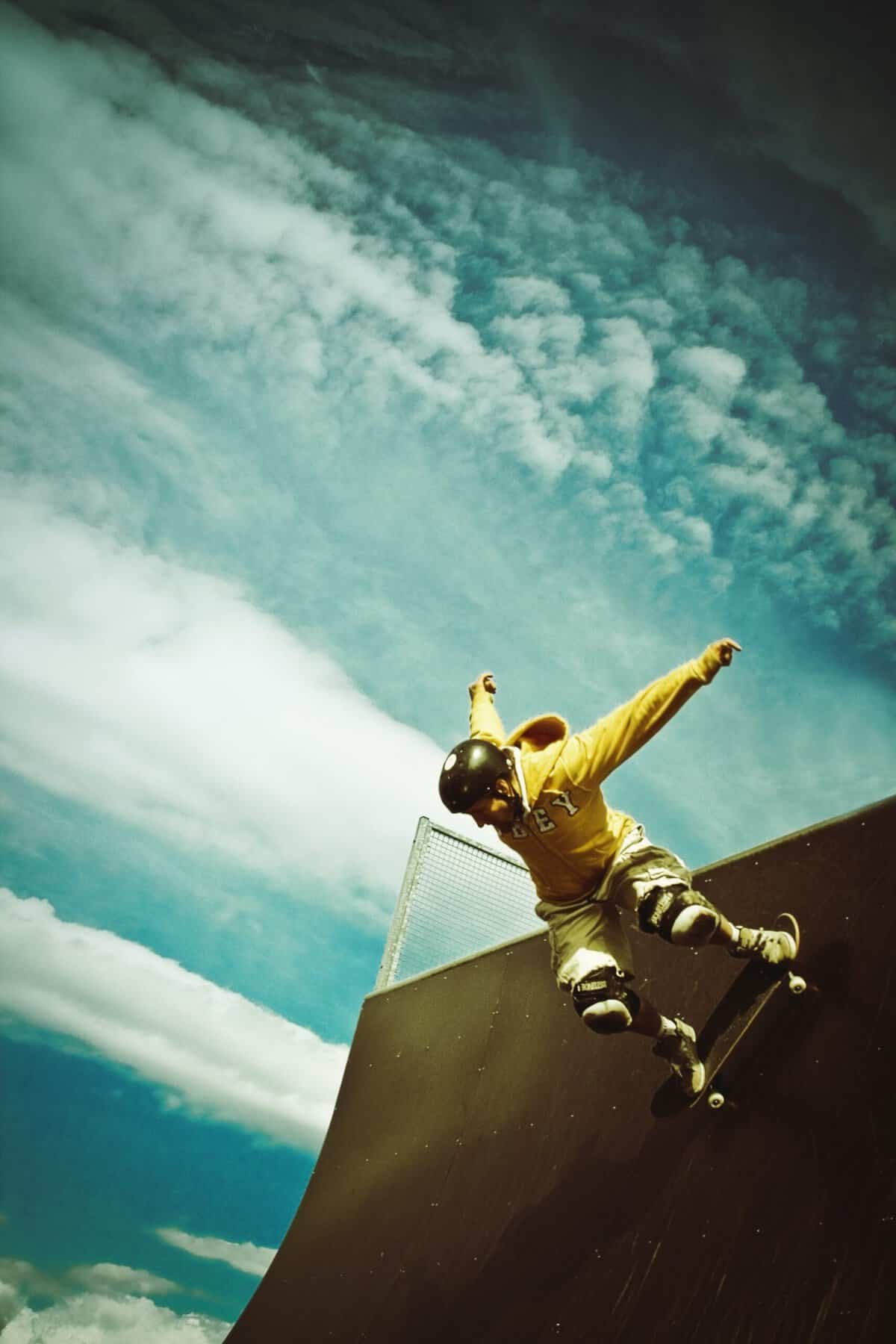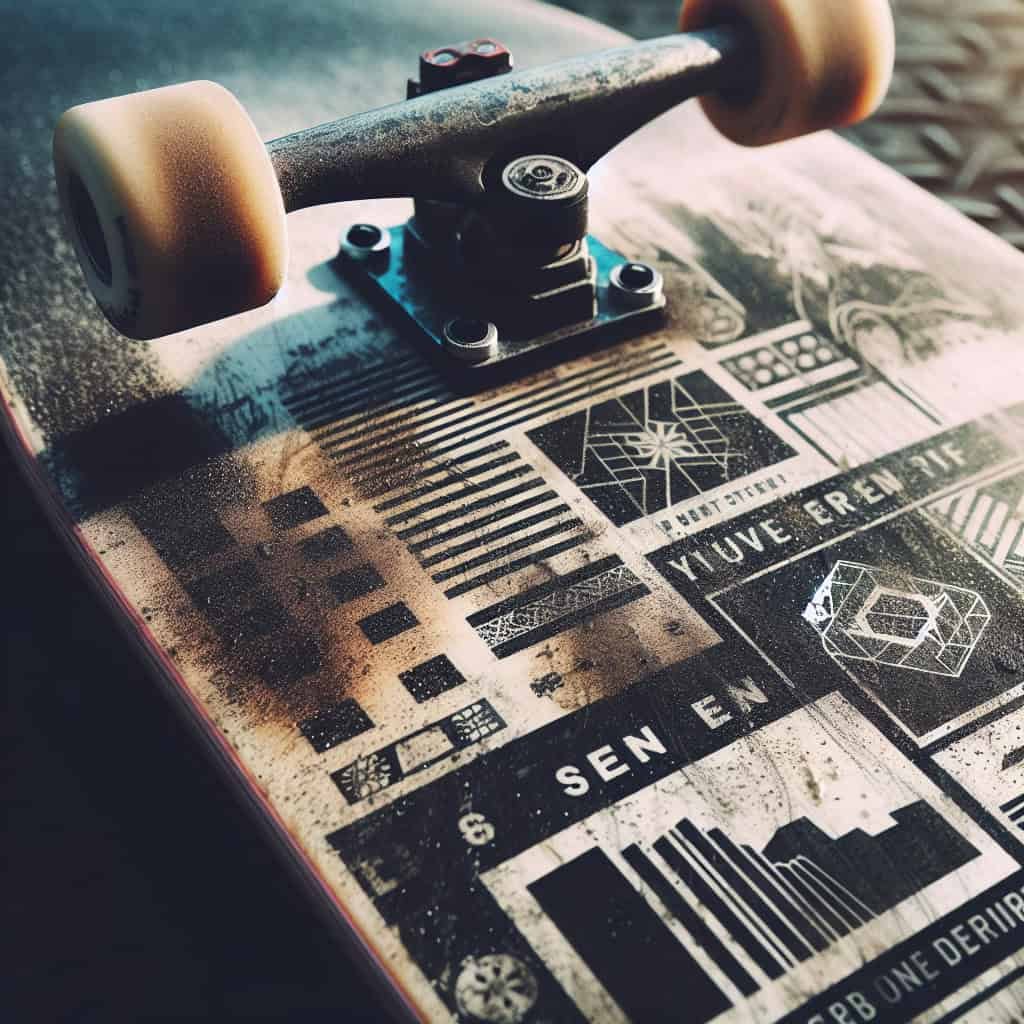If you’re looking to take your skateboarding skills to the next level, building strength and agility is key. Not only will it help you pull off impressive tricks, but it will also enhance your overall performance on the board. So, where do you start? In this article, we’ll explore a variety of skateboarding exercises that are specifically designed to help you develop the strength and agility needed to dominate the skatepark. Whether you’re a beginner or a seasoned pro, these exercises will undoubtedly take your skateboarding game to new heights.
Benefits of Skateboarding Exercises
Skateboarding is not just a fun and exciting activity, but it can also be a great way to improve your overall fitness and physical abilities. Incorporating skateboarding exercises into your fitness routine can bring about numerous benefits, including improved strength, enhanced agility, increased balance and coordination, and improved endurance. By engaging in specific exercises that target these areas, you can take your skateboarding skills to the next level while reaping the rewards that come with a healthier and stronger body.

Improves Strength
Skateboarding exercises play a crucial role in strengthening various muscle groups throughout your body. From your legs to your core and even your upper body, skateboarding requires you to engage a wide range of muscles to maintain balance and execute tricks. By regularly performing exercises such as squats, jumping lunges, and board presses, you can target these muscle groups and improve their strength, ultimately enhancing your ability to perform challenging skateboarding maneuvers.
Enhances Agility
Agility is a key component of skateboarding, as it involves quick movements, rapid adjustments, and swift reactions. To improve your agility, it is essential to focus on exercises that mimic the dynamic movements involved in skateboarding. Kickturns, power slides, and manuals are excellent exercises that can help enhance your agility by requiring you to shift your weight, change direction, and maintain balance on your skateboard.
Increases Balance and Coordination
Maintaining balance and coordination is of utmost importance for any skateboarder. Skateboarding exercises that target these areas can greatly enhance your ability to maintain balance on your board and execute tricks with precision. Ollies, nose manuals, and 360 flips are exercises that challenge your balance and coordination, improving your overall stability and control while riding.
Builds Endurance
Skateboarding can be physically demanding, especially when performing tricks or cruising over long distances. Building endurance through specific exercises is crucial for maintaining stamina and prolonging your skateboarding sessions without experiencing fatigue. Engaging in long-distance rides, cruising on uneven terrains, and incorporating hill sprints into your workouts will not only strengthen your cardiovascular system but also build the endurance required to tackle longer and more challenging skateboarding sessions.

Skateboarding Exercises for Strength
To improve your strength, it is essential to incorporate specific skateboarding exercises that target different muscle groups. Squats are an excellent exercise for strengthening your legs, specifically targeting your quads, hamstrings, and glutes. Jumping lunges provide an explosive plyometric workout that strengthens your legs and improves your ability to generate power. Board presses, where you press your skateboard against the ground, engage your upper body, particularly your chest, shoulders, and triceps.
Skateboarding Exercises for Agility
Agility is a vital skill for skateboarding, allowing you to quickly adapt to changing environments and execute tricks with finesse. Kickturns are a fundamental exercise for improving agility, as they require you to swiftly change direction by pivoting your skateboard on its back truck. Power slides involve sliding your skateboard sideways, challenging your balance and ability to control your board in a dynamic manner. Manuals, where you balance on just your back wheels, improve your overall control and coordination.

Skateboarding Exercises for Balance and Coordination
Maintaining balance and coordination is fundamental to skateboarding, as it determines your ability to execute tricks and maneuvers with finesse. Ollies, the foundation of most skateboarding tricks, involve jumping with your skateboard, requiring precise timing and synchronization between your body and the board. Nose manuals challenge your balance by balancing on just your front wheels and improving your ability to distribute your weight effectively. 360 flips integrate a complex combination of coordination and timing as you flip the skateboard while rotating 360 degrees.
Skateboarding Exercises for Endurance
Endurance is crucial for skateboarding, as it enables you to enjoy longer sessions and push your physical limits. Engaging in specific exercises that focus on building endurance can greatly enhance your stamina on the skateboard. Long-distance rides challenge your cardiovascular system and help improve endurance by gradually increasing the distances you cover. Cruising on uneven terrains engages different muscles in your body, promoting stamina and adaptability. Additionally, hill sprints push your body to its limits, providing an intense workout that builds both cardiovascular and muscular endurance.
Tips for Effective Skateboarding Workouts
To make the most of your skateboarding exercises and maximize your progress, consider implementing the following tips:
Warm up properly
Before beginning any skateboarding workout, always ensure you warm up properly. This can include activities such as jogging, dynamic stretches, and mobility exercises to prepare your muscles and joints for the physical demands of skateboarding.
Start with basic exercises
If you are new to skateboarding exercises, start with basic exercises that focus on building a foundation of strength, balance, and coordination. As you become more comfortable and proficient in these exercises, gradually progress to more advanced movements and tricks.
Gradually increase difficulty
As you gain confidence and improve your skills, gradually increase the difficulty of your exercises. This can involve increasing the height or distance of jumps, attempting more complex tricks, or challenging yourself with different terrains.
Set goals and track progress
Set specific goals for your skateboarding workouts and track your progress along the way. Whether it’s achieving a certain trick or increasing the duration of your rides, having goals provides motivation and allows you to measure your improvement over time.
Stay consistent
Consistency is key when it comes to seeing results from your skateboarding exercises. Aim to incorporate these workouts into your regular fitness routine and make them a consistent part of your training regimen. Consistency builds momentum and ensures continual progress.
Safety Precautions
While skateboarding exercises can be highly beneficial, it is crucial to prioritize safety to avoid injuries. Here are some safety precautions to keep in mind:
Wear appropriate protective gear
Before engaging in any skateboarding exercises, make sure to wear proper protective gear, including a helmet, knee pads, elbow pads, and wrist guards. This gear can protect you from potential accidents and reduce the risk of serious injuries.
Choose suitable skateboarding surfaces
Selecting appropriate skateboarding surfaces is essential for safety and performance. Avoid uneven or dangerous terrains that may increase the risk of falls or injuries. Opt for smooth, level surfaces that provide ample space for maneuvering and practicing tricks.
Avoid high-risk maneuvers without supervision
Certain skateboarding maneuvers can be high-risk and should only be attempted with proper supervision or guidance. If you are a beginner or attempting a new trick, ensure you have the necessary support and guidance from an experienced skateboarder or coach to minimize the risk of accidents.
Incorporating Skateboarding Exercises into Your Fitness Routine
Skateboarding exercises can be integrated into your existing fitness routine to enhance your overall physical abilities. Here are some ways you can incorporate skateboarding exercises effectively:
Balance and strength training
Skateboarding exercises that focus on balance and strength, such as ollies, nose manuals, squats, and board presses, can be incorporated as a standalone workout or combined with traditional strength training exercises. This combination will provide a comprehensive approach to building both functional and aesthetic strength.
Cross-training with other sports
Cross-training with other sports can complement your skateboarding exercises and improve your overall athleticism. Activities such as surfing, snowboarding, and BMX biking can enhance your balance, agility, and coordination, translating into improved skateboarding performance.
Skateboard-specific workouts
For those seeking a more dedicated approach, skateboard-specific workouts can be designed to target specific skateboarding skills and physical attributes. These workouts typically involve a combination of skateboarding exercises, plyometric movements, and core strengthening exercises that directly translate to improved skateboarding performance.
Benefits of Professional Guidance
While individual practice can be highly beneficial, seeking professional guidance can take your skateboarding exercises to new heights. Here are some benefits of working with a skateboarding coach, joining a skateboarding club, or attending skateboarding workshops:
Working with a skateboarding coach
A skateboarding coach can provide personalized instruction, tailor workouts to your specific needs, and offer valuable feedback and guidance. They can assess your current abilities, identify areas for improvement, and help you set achievable goals. With their expertise and experience, a skateboarding coach can guide you through proper technique and form, ensuring maximum results and minimizing the risk of injuries.
Joining a skateboarding club
Joining a skateboarding club offers opportunities for camaraderie, skill sharing, and motivation. Being part of a community of like-minded individuals can inspire you to push your limits, learn from others, and participate in group activities such as skateboarding competitions or group workouts. The support and encouragement from fellow skateboarders can foster a positive environment for growth and improvement.
Attending skateboarding workshops
Skateboarding workshops provide a structured learning environment where you can gain valuable insights, refine your skills, and connect with other skateboarders. These workshops often feature professional skateboarders or industry experts who share their knowledge, tips, and tricks. Participating in workshops can provide inspiration, ignite your passion for skateboarding, and expose you to new ideas and techniques.
Conclusion
Skateboarding exercises offer numerous benefits for both your physical fitness and skateboarding performance. From improved strength and agility to enhanced balance, coordination, and endurance, incorporating skateboarding exercises into your fitness routine can take your skills and athleticism to new heights. By following safety precautions, starting with basic exercises, and gradually increasing difficulty, you can make steady progress in your skateboarding journey. Whether you choose to work with a coach, join a club, or attend workshops, professional guidance can further enhance your skills and provide valuable support. So, grab your skateboard, put on your protective gear, and start reaping the rewards of skateboarding exercises for a healthier, stronger, and more agile you.

